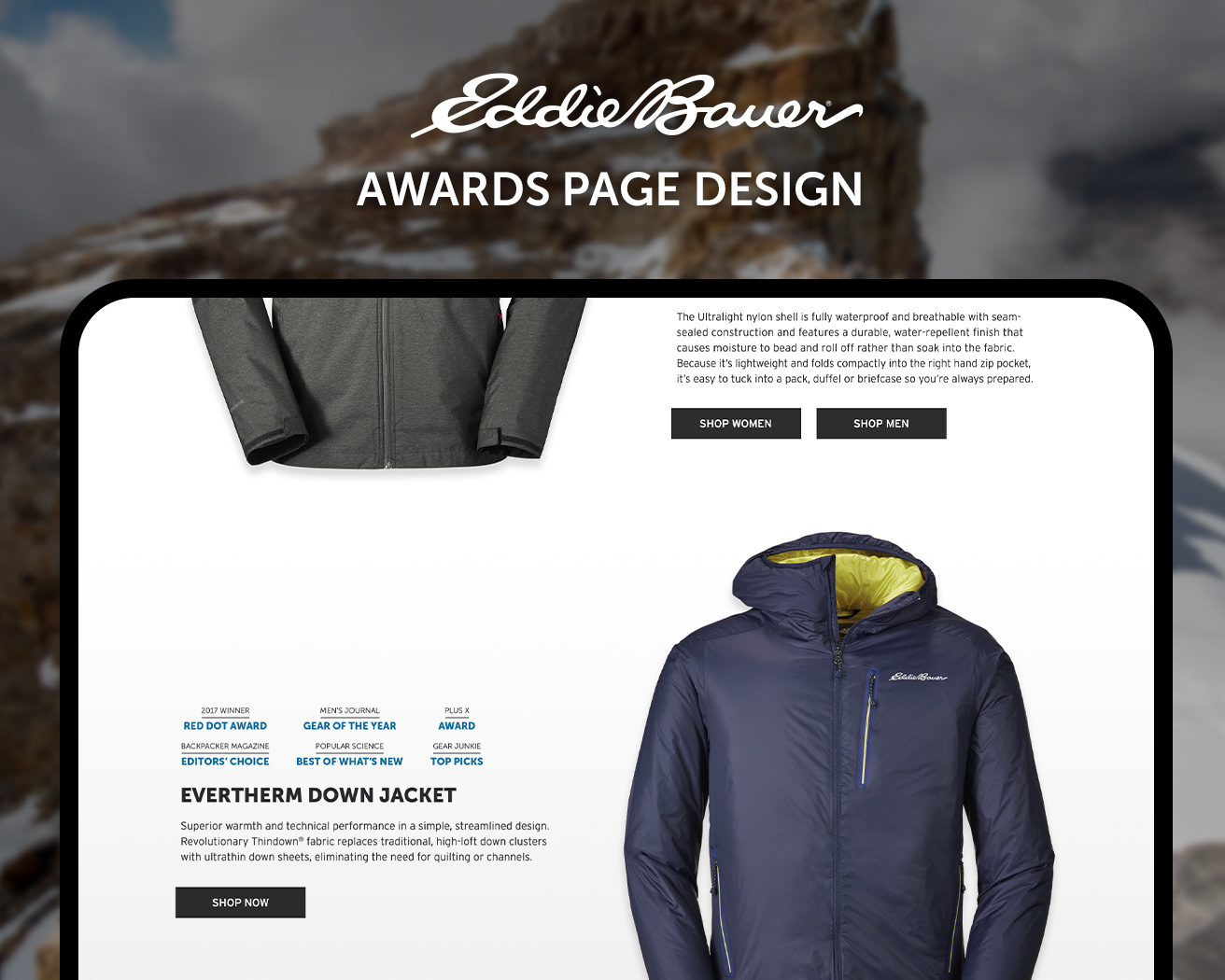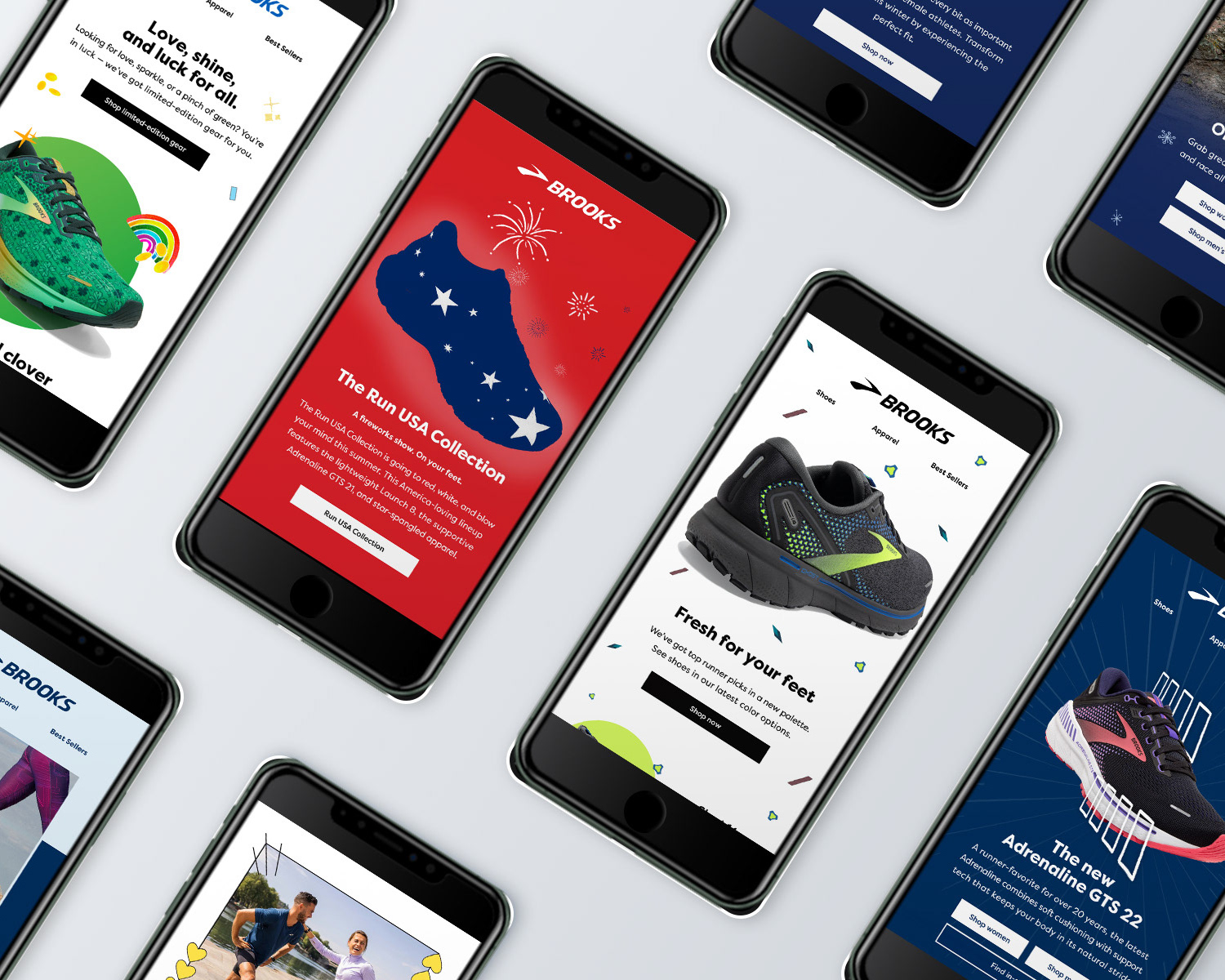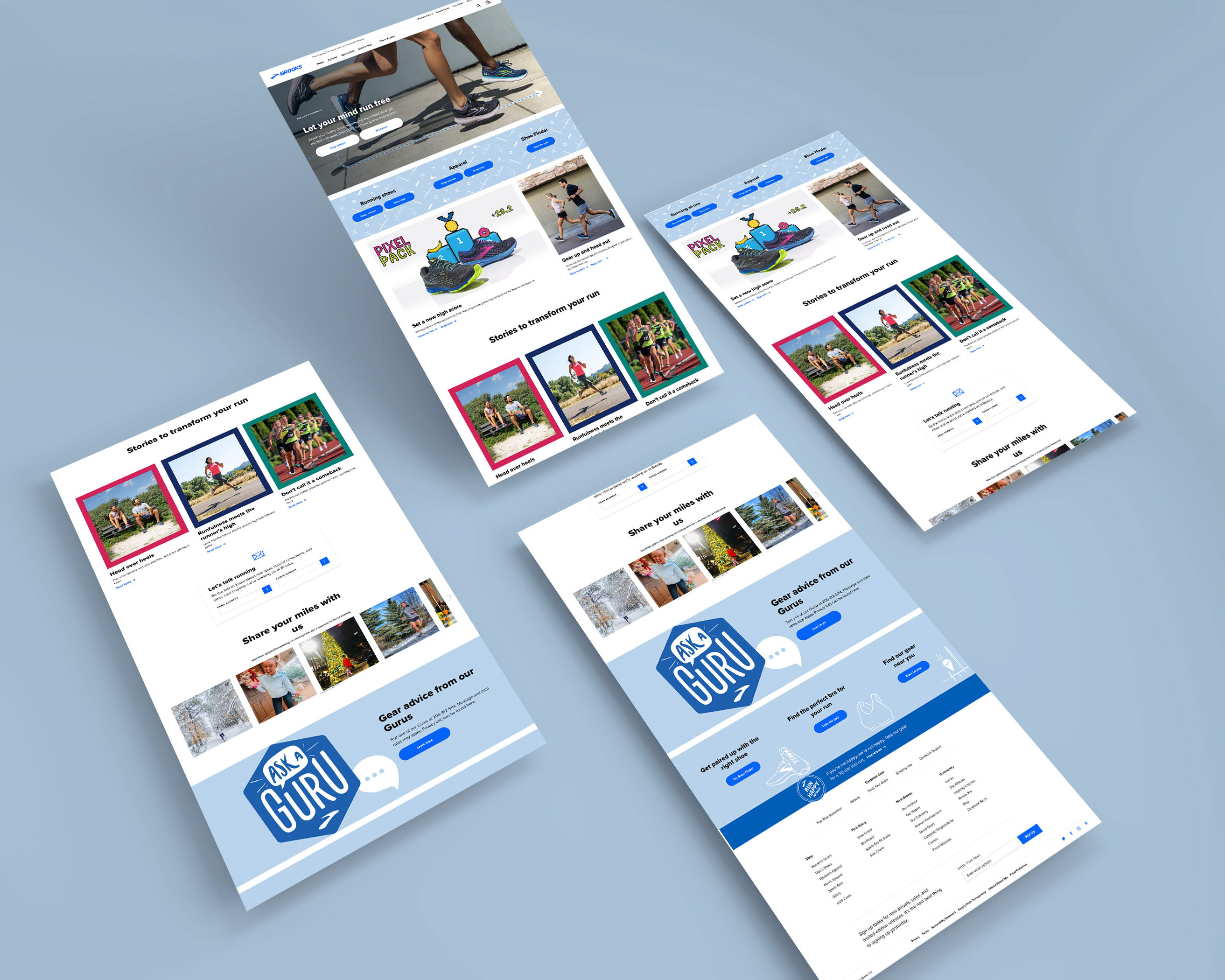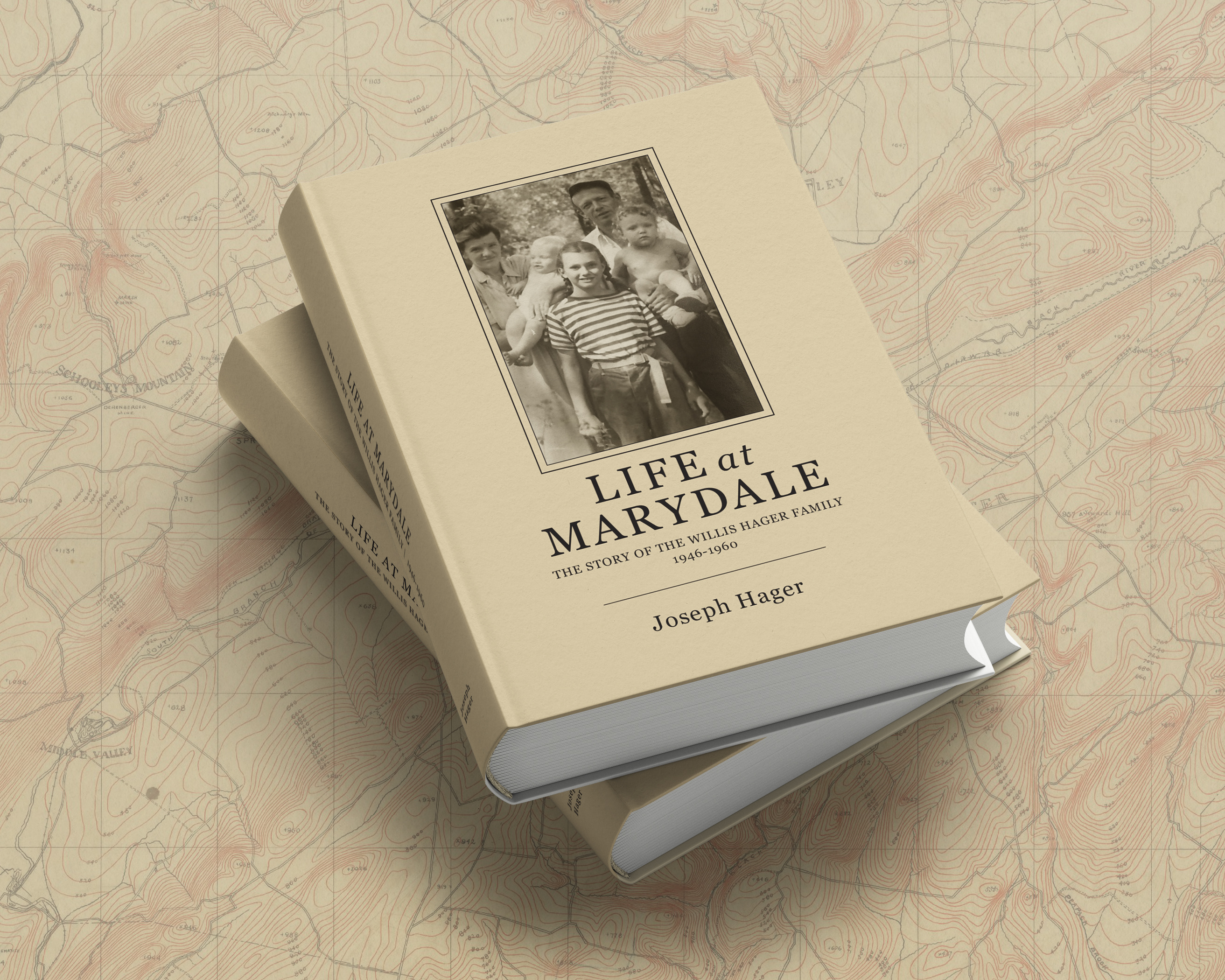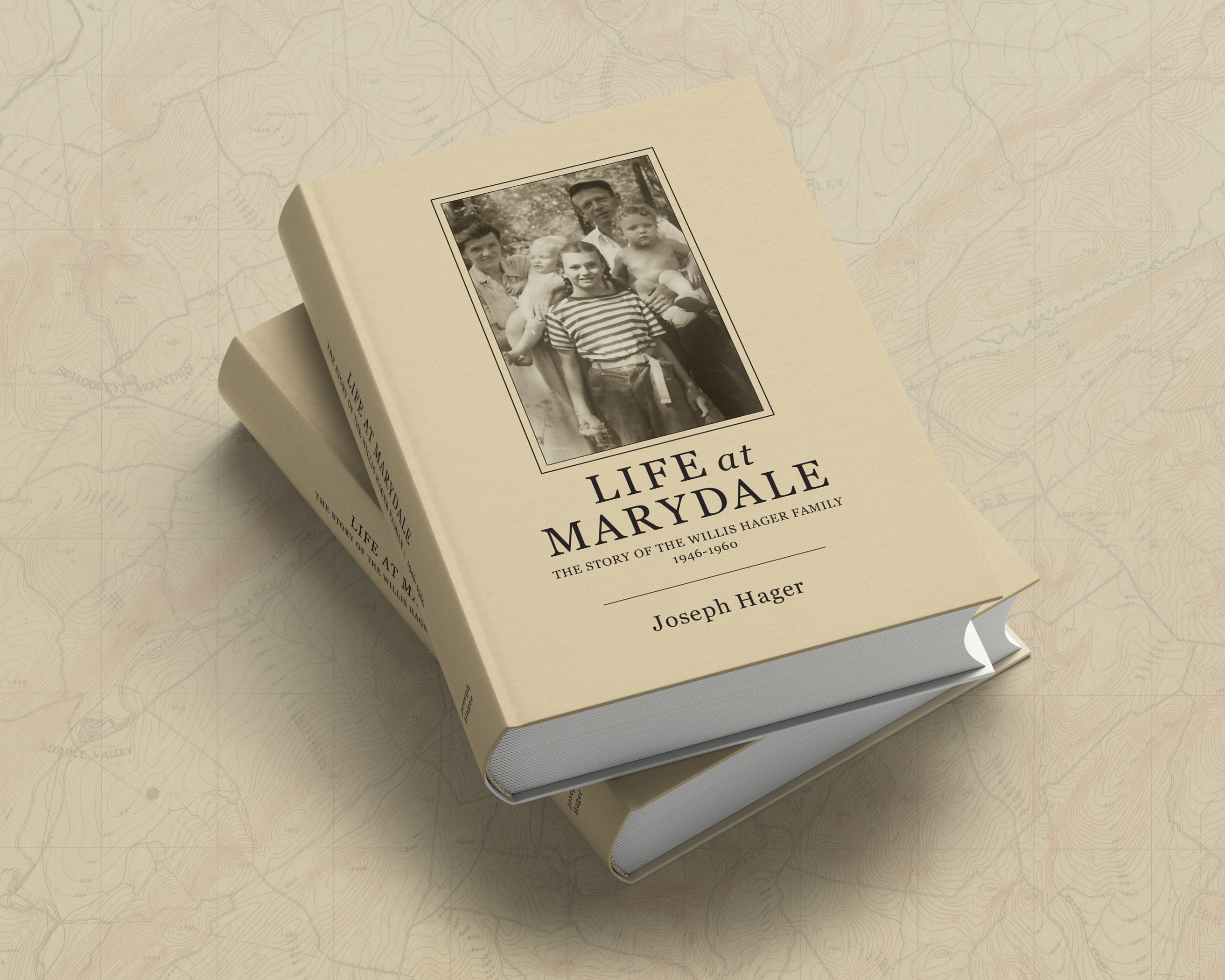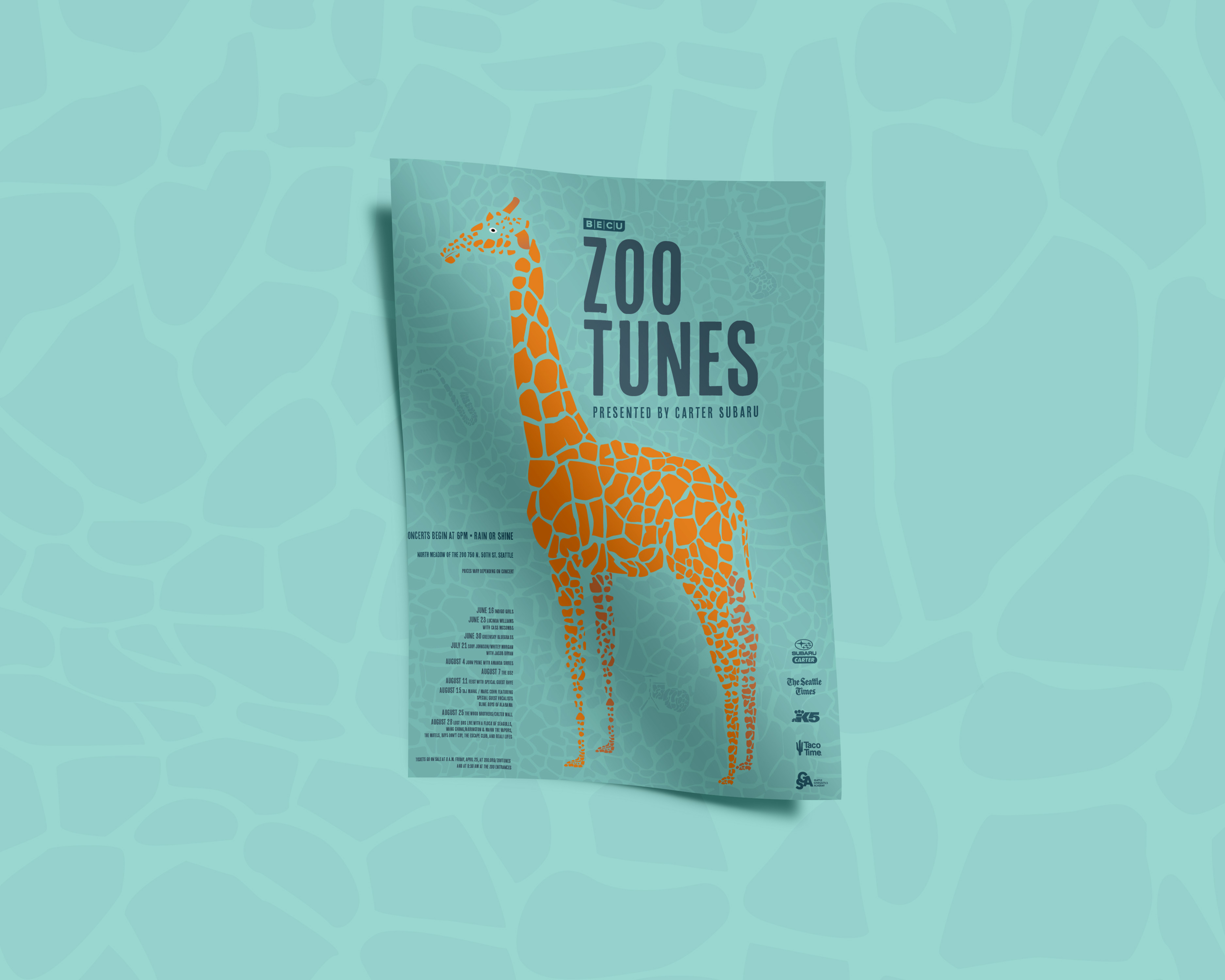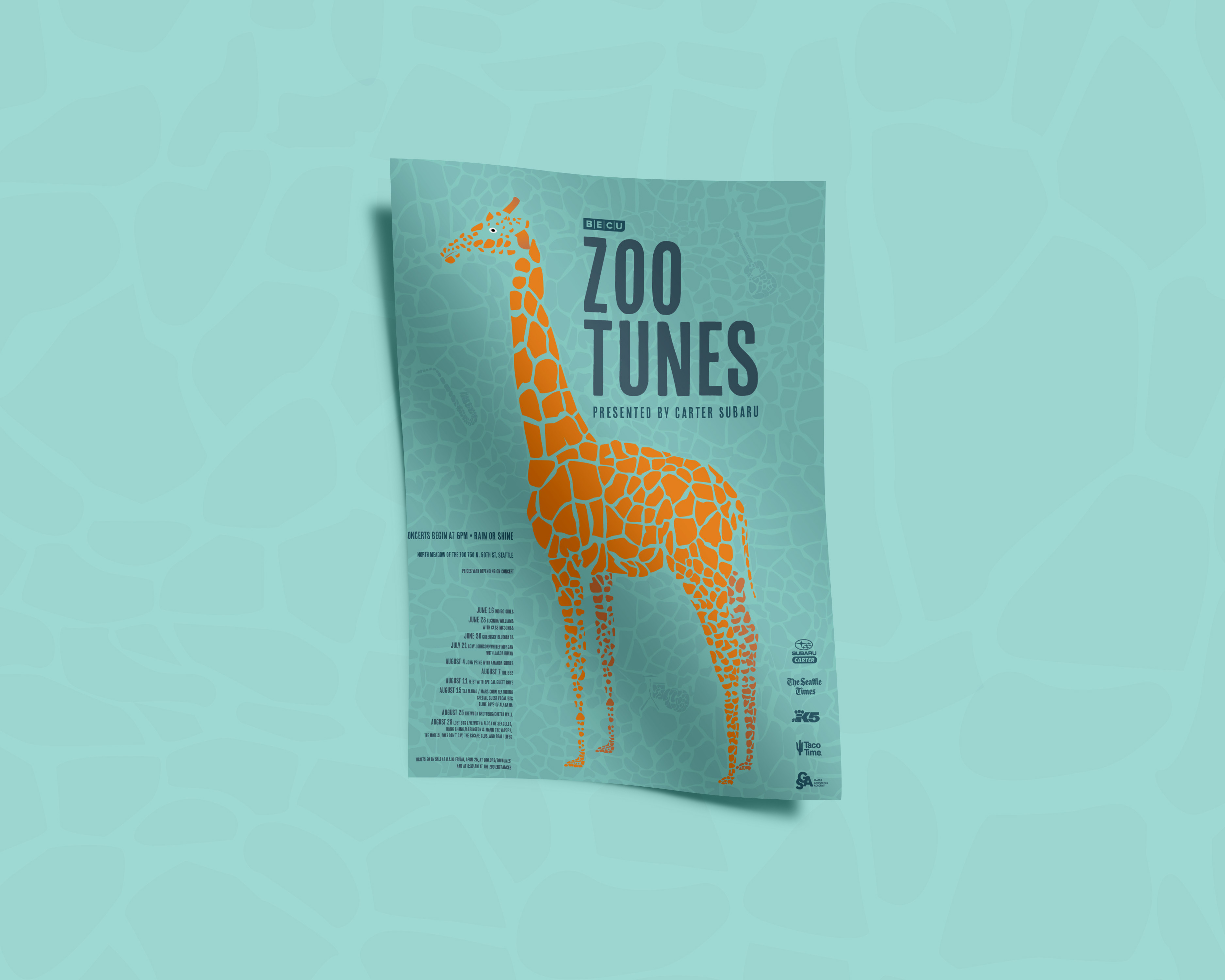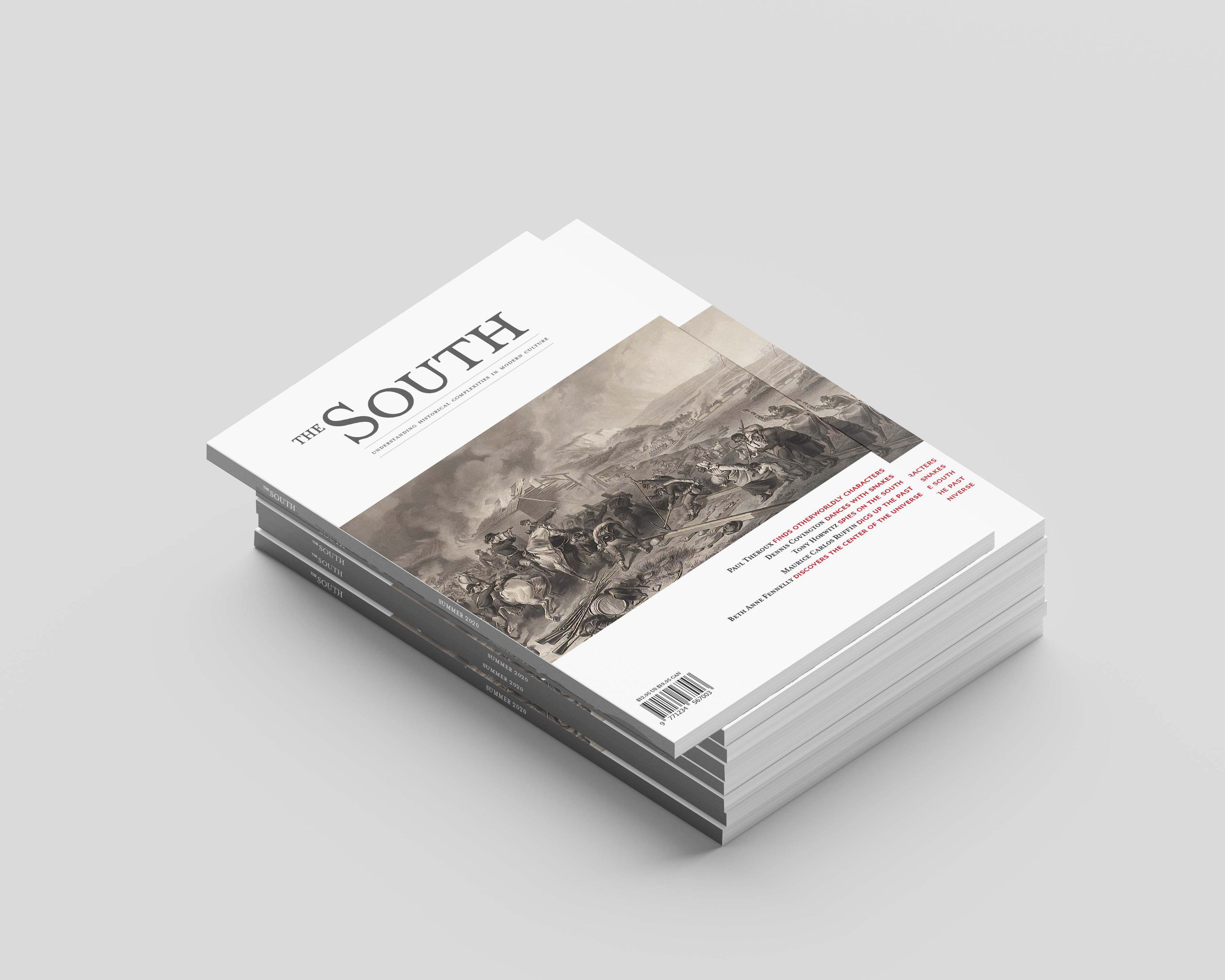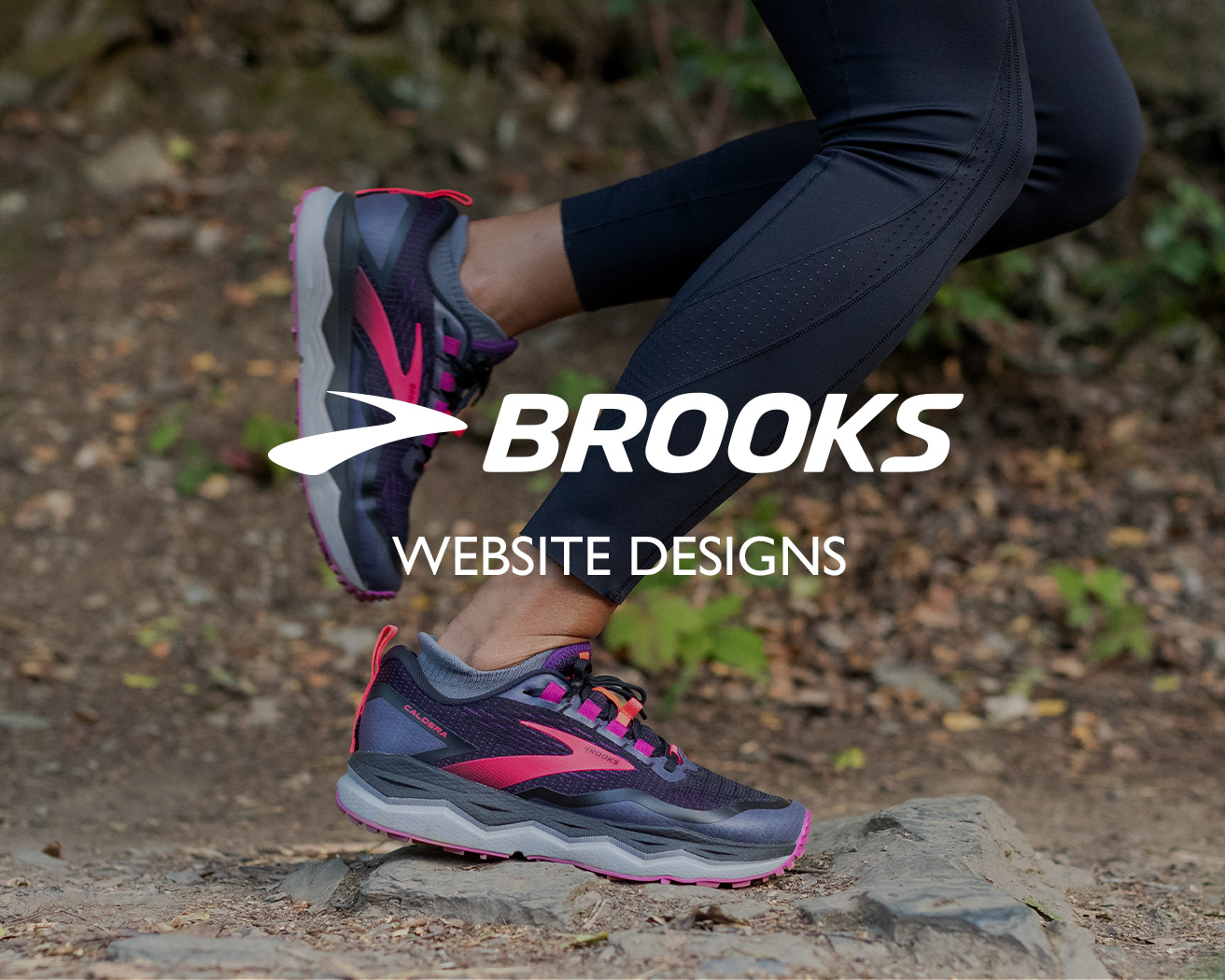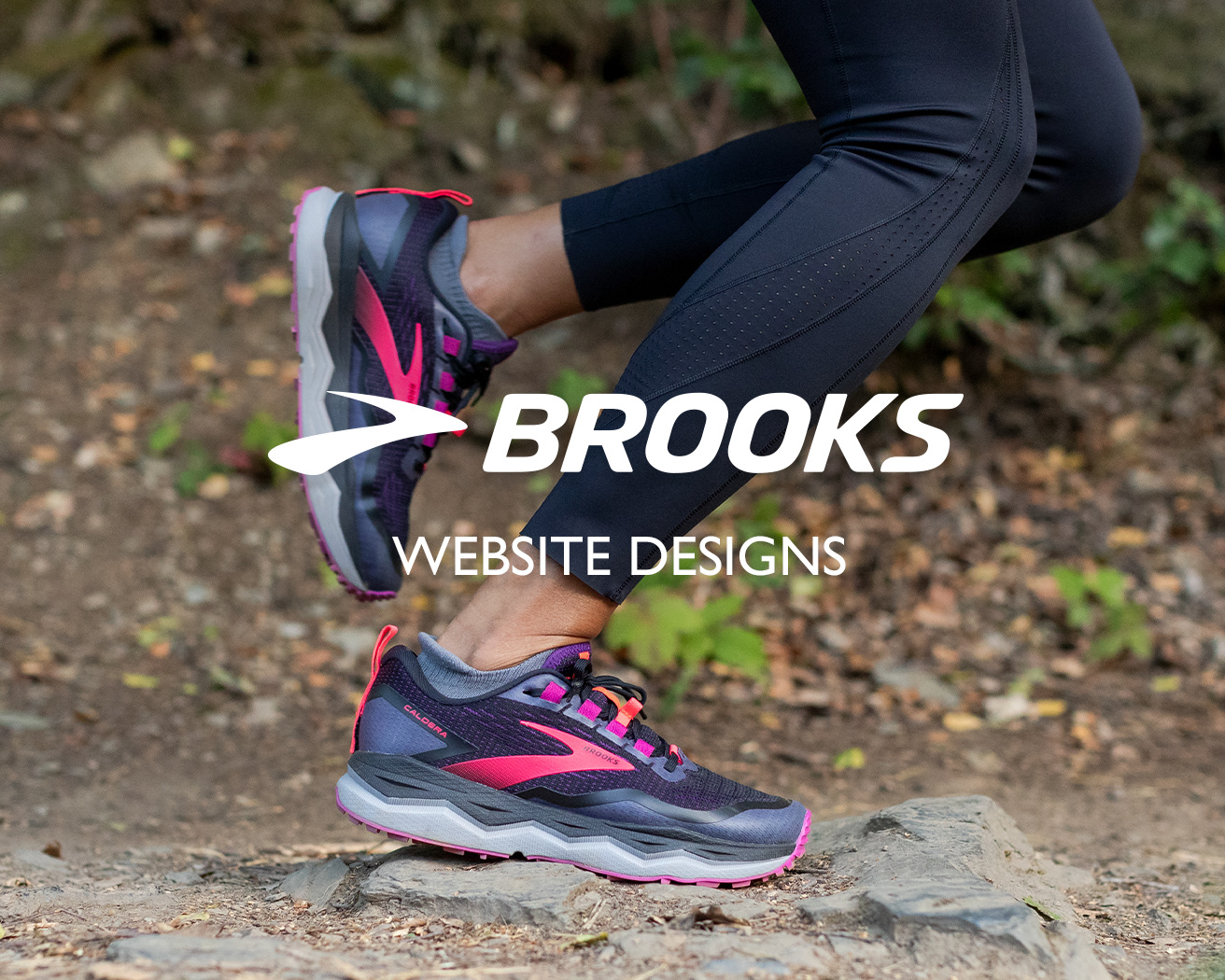How might we encourage millennials to appreciate and consume more wine?
CHALLENGE
The world of wine is vast, which often leads to confusion and discourages millennial professionals from embracing this wonderful beverage. Consumers usually steer entirely away from wine or resort to the same bottle they drink all the time. Wine should simply come down to the question of; do you like it, or do you not like it? This simple question often gets lost in the complexity of various languages, grape varietals, regions, appellations, governing institutions, and regulations.
The world of wine is vast, which often leads to confusion and discourages millennial professionals from embracing this wonderful beverage. Consumers usually steer entirely away from wine or resort to the same bottle they drink all the time. Wine should simply come down to the question of; do you like it, or do you not like it? This simple question often gets lost in the complexity of various languages, grape varietals, regions, appellations, governing institutions, and regulations.
SOLUTION
To provide a monthly subscription-based wine service that demystifies the world of wine and empowers the consumer through education by designing a website and mobile app.
To provide a monthly subscription-based wine service that demystifies the world of wine and empowers the consumer through education by designing a website and mobile app.
Timeline 6 weeks
Category UX & UI
Role UX Research, UI Design, Prototyping, Ideation
Tools Sketch, Illustrator, InDesign
Partner Joey Bae
______________________________________________________________
KEY FEATURES
Quiz
After visiting the website, users are then directed to take the quiz. During the quiz, the user makes multiple selections to familiar flavors, which influences what wines Coteire recommends at the end of this process.
Website Design: Joey Bae
Learn
Users can learn about wine by clicking on any of the wines and get a quick overview of the flavor profile, information on the region, producer, grape varietals, price, and a cumulative community rating.
Explore
Browse the entire Coterie inventory of over 5,000 bottles of wine. Set your price range and discover based on trending wines, your personal favorites, or by grape varietal or region.
Rate
Once the user's monthly allocation has arrived, it's time to grab the cork and open the app. Record your observations and share them with friends. The star rating helps Coterie suggest recommendations based on your personal preferences. Click on any unfamiliar term, and a tooltip will pop up, providing a pronunciation or definition.
______________________________________________________________
PROCESS
Branding
Our next step in the process was branding our product. It was essential for us to continue to restate our goal and keep the fact that this was a system designed for people who are intimidated by wine, to learn more, and inevitably buy more wine. We began with a brainstorming session and quickly moved into additional research on wine terminology. Coterie means "people with shared interests or tastes..." It also plays off the French word meaning hillside, which connects to many regional names such as Cote de Beaune, Cote de Nuit, and Cote Roti. After agreeing on this name, we then moved to the word mark sketching process.
While some of the serif typefaces looked a little too elegant due to the high contrast of the thick and thin strokes, we looked to the Chateauneuf du Pape (located in southern Rhone) labels for inspiration. The black letter began feeling a little too exclusive, so we rounded out some of the corners to make it approachable. It still felt too posh and would not work with our underlying goal. We worked on some other options until we came to a reasonable solution. With some critique and feedback from our classmates, we felt strongest about keeping the bold and condensed typeface with the wine glass element — making the brand feel welcoming and approachable.
Research
Before we began our research we narrow our focus and establish three overarching goals:
1. We wanted to conduct a competitive audit and learn what other wine subscription services are out there and what they offer
2. We tried to understand millennials' feelings and attitudes towards wine.
3. We wanted to take a deep dive into learning about the complexities of wine
2. We tried to understand millennials' feelings and attitudes towards wine.
3. We wanted to take a deep dive into learning about the complexities of wine
While there seem to be quite a few subscription-based wine services out there, we found that the majority of them just scratch the surface in variety while dumbing down the experience for the consumer. While interacting with existing services, we found that many just had 7-8 different wines they were pushing. We found this limited inventory did not enhance the experience because users are only becoming familiar with that particular wine. We also realized that many other services only allowed the user to change what the services recommended one or two times. The logic behind this strategy seemed pointless and would create a bad experience.
Joey and I then began putting a survey together that would provide insights into how people feel about wine. The complexity and inherent confusing nature of wine discourage individuals from buying it. This assumption was confirmed in our survey and displayed a need for an educational component to our service.
Here in the United States, wine is viewed as a symbol of posh, elegance, and something that is consumed only on special occasions. On the other hand, in European countries such as France and Italy, wine is viewed as the common person's beverage — something that can be consumed during lunch or after work at the local cafe with a plate of rillettes. Based on our survey results, 65% of our respondents said that they were willing to make wine a regular staple at the dinner table. Daily wine consumption is often challenging because store shelves are usually packed with over-priced new world wines. Therefore, we wanted to provide a range of wines from the old world that offer distinct and delicious wine at an affordable price point.
Personas & Customer Journey
From our research and survey results, we developed three personas (one of which are listed below) to represent a broader swath of the general public who are interested in wine but experience anxiety and or confusion.
Jennifer is a barista at Cafe Vita and enjoys the finer things of life. She's been wine tasting in Woodinville and has some knowledge and experiences with Washington wine. She has a strong desire to learn about wine, but her most significant anxiety is that she has a limited budget.
Prototyping and Iterating
After conducting our research, building personas, and creating a brand identity, we then took our work to the marker board. We began brainstorming and writing out a list of ideas that we had to see what would stick and then began to throw away the bad ones and find the good ones.
After seeing a targeted ad on social media or through a recommendation of a friend, the first place our customers would interact with the product would be Coterie's website. Here, they would learn about the brand, understand that many people, like them, find the wine buying process overwhelming, frustrating, and intimidating. We would describe how the process works while featuring customer reviews, recent news and blog posts related to wine, and then offer them an opportunity to take a quiz that would provide data to Coterie and a customized suggestion based on their flavor profiles.
The Online Quiz
This quiz helps users figure out what they will enjoy drinking while providing essential data to Coterie.
Website Design: Joey Bae
Question 1 — Flavor Preference
Although wine can be very complicated, we felt like it was necessary to come up with something relatable. It's easy for people to name foods and flavors they like but draw a blank when asked what types of wines they like. From this concept, we came up with a quiz that featured familiar everyday flavors that people enjoy and would easily recognize. Our companion in this research was Karen Page's and Andrew Dornenburg's book The Food Lover's Guide to Wine.
Question 2 — Wine Preference
We also found that many people are not foreign to wine and already have personal preferences based on common grape varietals such as cabernet sauvignon, merlot, chardonnay, etc. This information provides Coterie key data and launching off point for offering other recommendations.
Website Design: Joey Bae
Website Design: Joey Bae
Question 3 — Bottles Per Month
At this point, based on their mental model of how much wine they drink, the user can select either a 4-bottle, a 6-bottle, or an 8-bottle allocation every month.
Question 4 — Red and or White
They also have the choice of getting all white wines, all red wines, or a combination of anything in between. They also can select their price range of $10-$15/bottle, $15-$20/bottle, or $20-$25/bottle. This pricing strategy gives users predictability and control — allowing them to explore the world of wine while working within their budget.
Website Design: Joey Bae
Website Design: Joey Bae
Question 5 — Price Range
They also can select their price range of $10-$15/bottle, $15-$20/bottle, or $20-$25/bottle. This pricing strategy gives users predictability and control — allowing them to explore the world of wine while working within their budget.
In this program, we offer recommendations, initially based on the quiz at the beginning, but refine recommendations based on the user's ratings from the Wine Journal inside the app. After selecting the desired quantity and price point, the user then enters their shipment and payment information and has to agree to the terms and conditions of the program. At this point, the user is encouraged to download the accompanying app that is available to wine club members.
The Mobile App
Like other wine services, we do not believe in reducing the quantity of the wine inventory to be the right solution for reducing the cognitive overhead of our design. If anything, we wanted to use the diversity of wine to Coterie's advantage. With this in mind, we wanted to keep the app's features as simple as possible.
The three main features in the app include:
1. Update and change their monthly allocation
2. Add wines to their Case.
3. Record impressions of the wine in their personal Wine Journal.
1. Update and change their monthly allocation
2. Add wines to their Case.
3. Record impressions of the wine in their personal Wine Journal.
Intro Animation
We believed that it was essential to incorporate the education component into every aspect of the mobile app. Therefore, using the mental model of Apple's Tooltip feature, we wanted to make every term and noun clickable — giving the user correct pronunciations or definitions. We considered using bubbles with a question mark but felt like it would clutter the interface. We felt like the best solution was creating an intro animation — informing users how to interact with all the features.
User Flow 1 — Update Allocation with Recommendation
Once the user downloads the app and their initial order is set up, they can update their allocation at any point before the shipment date. For example, if Coterie suggests a particular wine that they know they don't like or simply don't want, the user can change it out with something new based on our recommendation, or they can browse Coterie's entire inventory.
We wanted to build the educational component into every aspect of the app giving users the ability to apply that knowledge in real-time. We also wanted to give users the ability to click and hold on any term or noun that they may be unfamiliar to them.
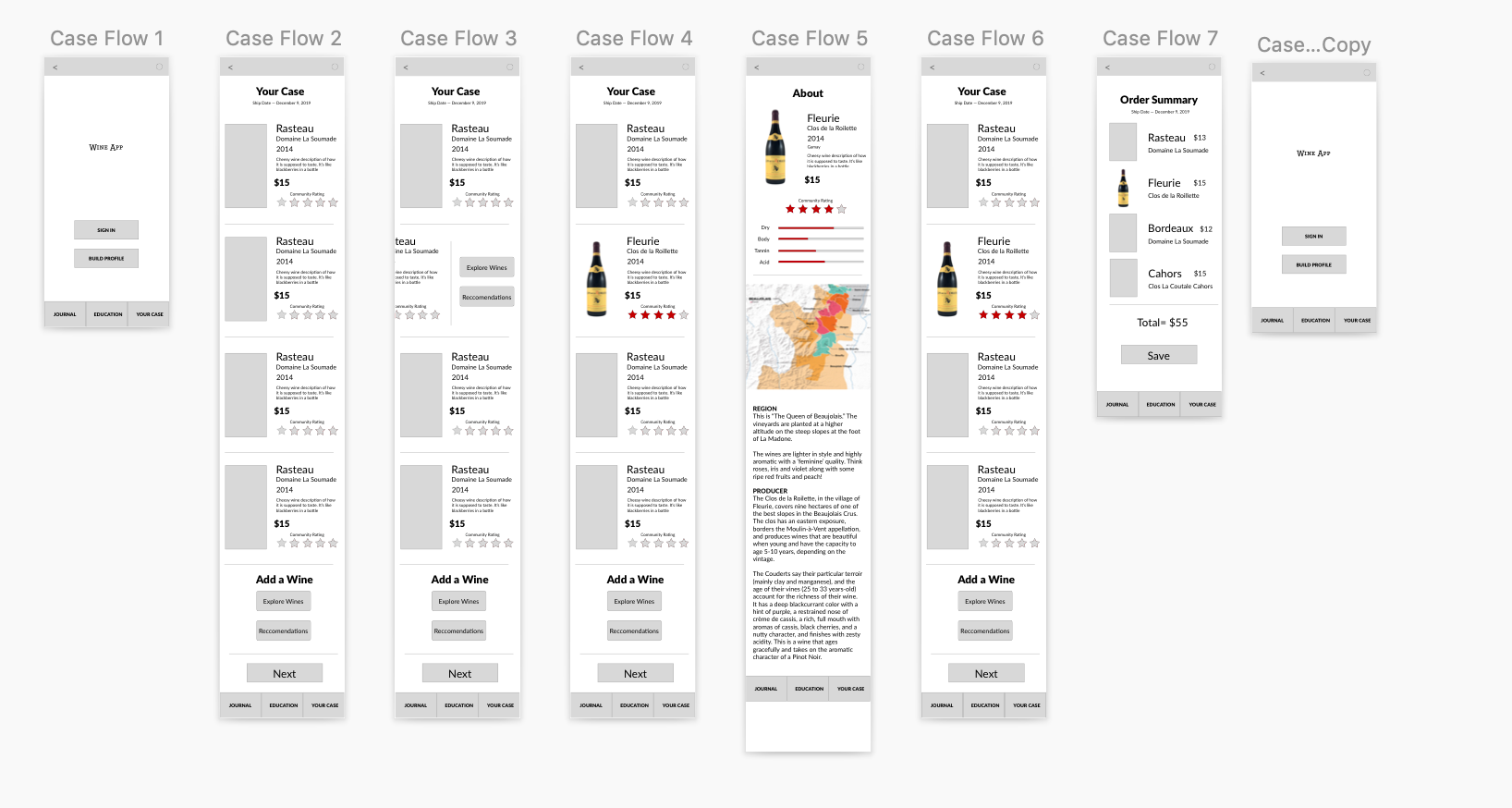
Version 2
Final Userflow
User Flow 2 — Add Additional Wine to Case
This next user flow would be ideal for the Frank and Claire persona. In this flow, users can add wines to their existing case based on what they have rated highly before. When they scroll down to Add Wine, they can Explore All Wines, which brings them to the page that contains the entire inventory. To make it a little more digestible, they can set their price range, search for a specific wine, or browse by varietals, regions, or personal favorites. In this scenario, the user has a special event coming up and is willing to spend between $50-$100 on a bottle. They want to find a wine that is similar to something they rated highly in the past. Once they reset the price and click into the Favorites tab, it brings them to a page of wine that they rated 4-stars or higher. They browse what they've liked before and remembered that delicious bottle of Lirac. They can add that wine to their case again or search for wines that are similar to it. When they click into Find Similar Wines it brings them to a page that is within their price range and similar to that Lirac. That 1995 Barolo looks pretty good, so, just like in the previous flow, they click into that to get a quick view of what to expect. It looks good, so they go back and Add to Case. This updates the user's case, and hitting the Next button brings them to Order Summary again. Hitting Save Order saves selection and guarantees the wine will arrive on the next order's shipment.
User Flow 3 — Digital Wine Journal
Let's say the user just cooked a delicious dinner of poulet roti and is now ready to sit down, open up that bottle of Fleurie they've been eager to drink all month. The Journal is a place for users to record first impressions while providing Coterie key data. After the shipment has arrived at the user's house the wines are transferred from the Your Case section of the app into the Unrated Wines section under the Journal tab. There, the user will find all the wines that are in their possession. The user will see four grey stars and a red button that encourages them to Rate Wine. Upon selecting the unrated wine they enter a screen where they can give the wine an overall star rating while being able to adjust the slider bars based on the wine's different characteristics. We realize that a lot of these terms may be unfamiliar. So, at any point, they can click on the word and learn what it means. Once going through this process, they can write a few notes, save their response, or share their experience with a friend who has the app as well. After saving or sharing the response, the wine will then be populated under the Rated Wines category. They'll have the opportunity to browse all the wines they rated while allowing the user to add another wine to their Case at any point.
Final Outcome
Our goal was to demystify the world of wine and empower the user to make sound decisions through education. Through a monthly subscription-based wine service that enables the consumer through education. This goal was achieved by building a website, mobile app, as well as educational videos that live on the brand's YouTube and social media channels.



